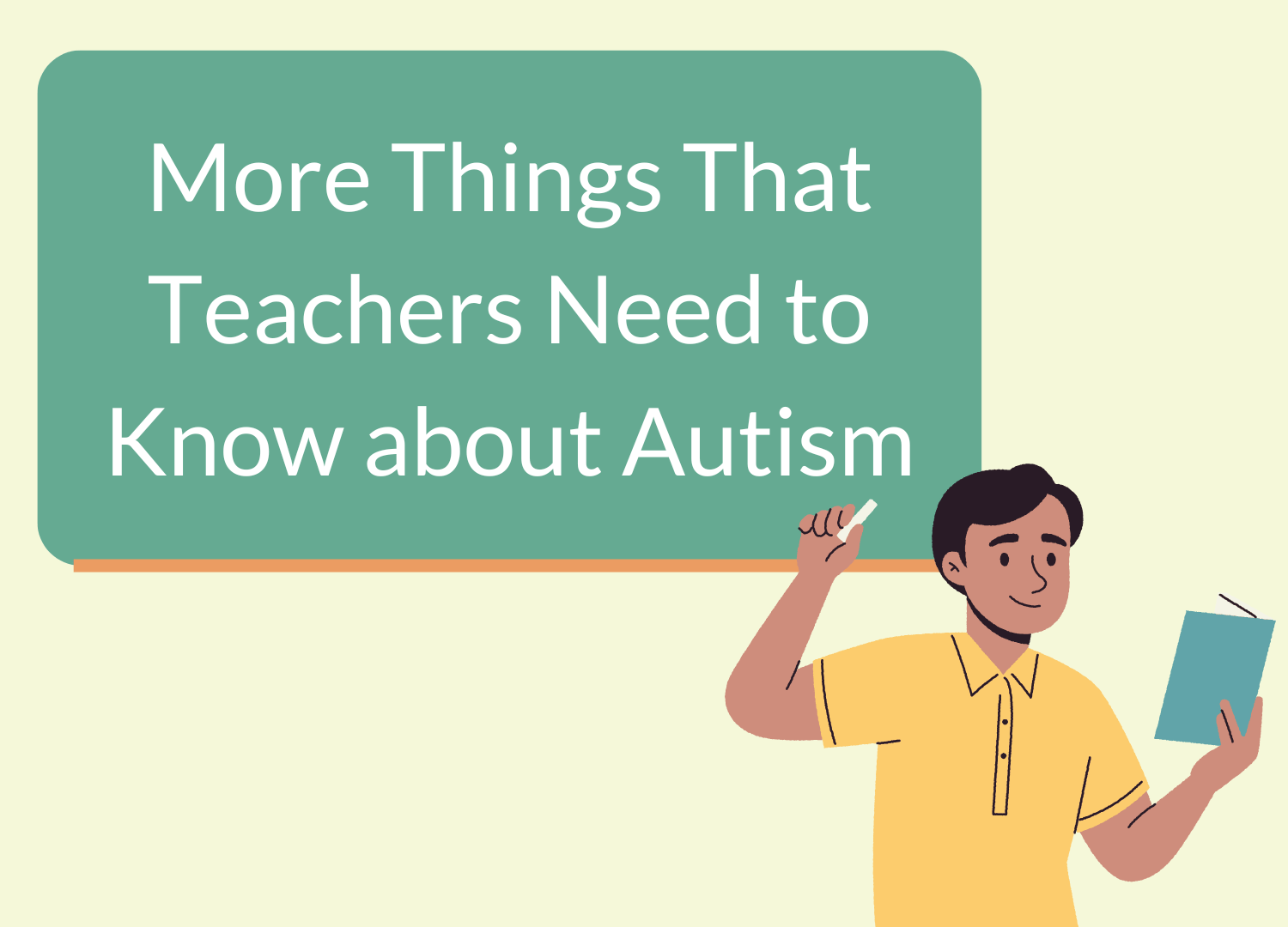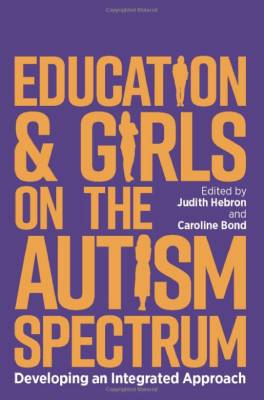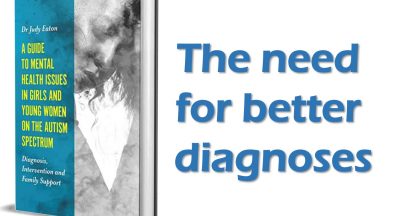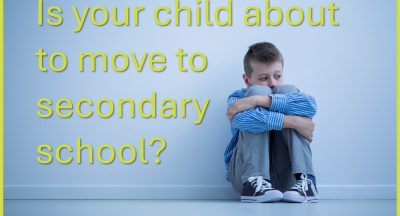An article published back in August 2018 by the National Autistic Society, titled ‘What teachers need to know about Autism’, was a very timely reminder that 70% of Autistic children will be attending mainstream schools. Hopefully those with, what I would call, more obvious features of Autism, will be going into (or back to) school with a support plan, or at least an awareness of their strengths and challenges.

Last updated: 25th October 2024
However, what I would like to highlight in this article is that a large number of children will be going into, or back to school, without a diagnosis, or any recognition of their difficulties. The pandemic had a massive impact upon waiting times for many appointments within the NHS, and waiting times for Autism assessments were no exception. Some teams moved to online assessments, others simply stopped seeing children. Consequently, many children are now having to wait years for an assessment whilst the NHS tries hard to catch up. As a consequence, many parents will be sitting at home now dreading the next few weeks. They will have watched their children becoming increasingly anxious as the summer holidays come to an end. They may have seen an increase in tearful behaviour, repetitive questioning, or even angry outbursts and ‘meltdowns’ over the smallest thing.
The trouble is, those children are often the ones without a formal diagnosis, who school teachers think are ‘fine’ because they do not appear to be struggling in class. So I would like to outline some of the signs that a child with undiagnosed Autism might display which can often be mistaken for something else:
Not every child reacts in the same way
I urge teachers, teaching assistants, SENDCo’ and lunch-time staff to please look out for the following – as they may indicate a child in distress. Not every child reacts in the same way. Think of the fight, flight or freeze response we all have to perceived threat.
- Notice the child who repetitively arrives late to class, often distressed, maybe in the ‘wrong’ shoes or with their hair unbrushed. This is not always ‘bad’ or neglectful parenting, but a sign of anxiety about the day ahead which makes it impossible for them to get dressed and ready for school in a timely manner.
- Watch out for the child who appears ‘too good’ and/or ‘too quiet’.
- Be aware of the child who sits quietly in the lunch hall, picking at his or her dinner, or crying because the chips are ‘wrong’, or the child who refuses to go into the lunch hall and will go all day without eating.
- Watch out for the child who has toileting accidents, or who appears reluctant to use the school toilets.
- Notice the child who becomes upset because they cannot always be first in line back into class, or the child who cries because it is not their turn to sort out the pencil drawer.
- Be aware of the child in the playground who appears to have friends, but when you look closely, they are just following the others around, or the child who is too bossy and tries to control every game, or the child who simply comes to sit with the teacher on playground duty.
- Do not get cross with the child who continuously fidgets on his or her seat, or cannot stay in their seat.
- Do not get cross with the child whose name you need to call ten times before they respond.
- Give the child who (although they seem bright and capable) always struggles to complete their work, a little more time.
- Be patient with the child who suddenly rips up a piece of work because they do not feel it is ‘right’ or ‘perfect’.
- And finally, please do not automatically label the mother or father who comes into class to talk to you because their child is struggling at home as ‘neurotic’ or ‘over anxious’. Please do not assume that just because you do not experience the challenges they do that it all must be ‘parenting’.
Autism presents in many different ways. Just because a child appears calm and settled, makes good eye contact and appears to have friends, does not mean that they are fine. Eye contact, gesture and appropriate behaviour can all be learned and copied by a bright child, but this often comes at a cost.
I have also witnessed first-hand Autistic young people who have experienced severe and sometimes life-threatening mental health difficulties
I am not saying these things lightly or because I think that every child who may be Autistic necessarily needs to be treated completely differently all of the time. It must be a challenge for any teacher trying to manage a busy class of thirty plus children. However, I have read the worrying statistics about mental health issues, and the number of young people who regularly self-harm in adolescence and even earlier. I have also witnessed first-hand Autistic young people who have experienced severe and sometimes life-threatening mental health difficulties. Often when you look back at early school reports, all that is noted is that the young person was ‘an anxious and fragile child’.
So my message to new and returning teachers at the beginning of this school year is to please metaphorically rip up and throw away your perception of what Autism is and is not. Very few if any Autistic children present like Rain Man, or Sheldon from the ‘Big Bang Theory’. Many can (and do) make eye contact, and appear (at least superficially) sociable. Please print out the points above, pin them on the staff room wall, and lastly, please listen to parents who come to you with concerns.
UPDATE
Launched on 21st August 2019, this book addresses the gender gap in the understanding of autism, and explores the educational needs of Autistic girls from early years to secondary school, in both mainstream and special school settings.

Education and Girls on the Autism Spectrum
by Judith Hebron and Caroline Bond
Addressing the gender gap in the understanding of autism, this multi-perspective book explores the educational needs of girls on the autism spectrum from early years to secondary school, in both mainstream and special settings. The collection, comprising insights from autistic women and girls and educational and medical professionals makes recommendations for a collaborative and integrated approach that enables girls on the spectrum to reach their full potential. By establishing close collaborations between girls on the spectrum, their parents, teachers and specialist professionals, the field can move forwards in terms of providing understanding and an appropriate educational framework for success.
This book also includes a chapter written by Dr Judy Eaton titled – “A Clinical Psychology Perspective of the Experiences and Mental Health Challenges of Girls With Autism.”
Related Posts
The need for better diagnoses
Adult diagnosis, mis-diagnosis, and experience of parenting for autistic women...
Is your child about to move to secondary school?
As the end of primary school nears, the move to secondary school can be daunting...
The World Through a Different Lens: A Guide to Understanding Your Neurodivergent Teen
Understand your neurodivergent teen. This guide explores the unique experiences...
Reflections on lockdown, and new ways of assessing
Like many clinical teams who have traditionally been involved in face to face...





